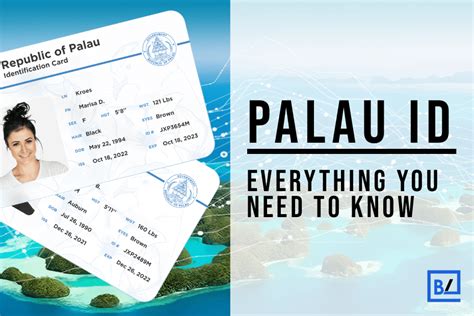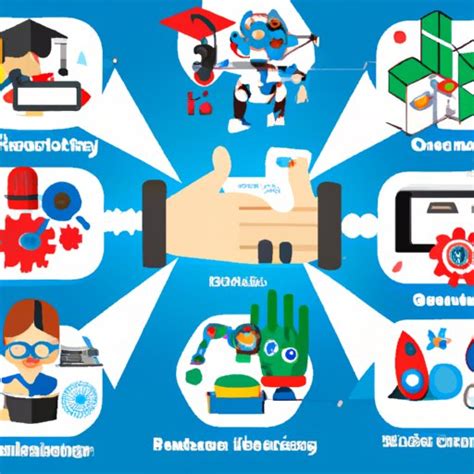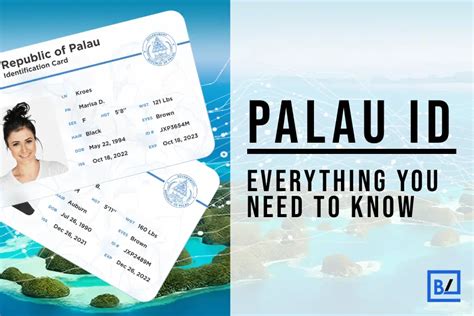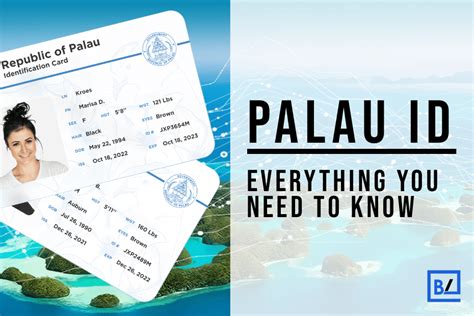Introduction

National identification systems (NIDS) serve as vital tools for governments to identify, verify, and manage their citizens and residents. However, with the relentless march of technology, NIDS have undergone a profound transformation, reshaping their functions, applications, and societal implications.
The Impact of Technology on NIDS
- Digital Transformation:
Advancements in digital technologies have enabled the digitization of NIDS, eliminating the need for physical documents. Digital IDs provide enhanced convenience, security, and portability, reducing the risks of fraud and identity theft.
- Biometric Authentication:
Biometric technologies, such as facial recognition, fingerprint scanning, and iris scanning, have revolutionized NIDS. These tools provide robust and reliable identification, minimizing the incidence of false identities and improving security.
- Data Interoperability:
Technological advancements have enabled NIDS to seamlessly integrate and exchange data with other government systems, such as law enforcement databases and tax records. This interoperability enhances the efficiency and accuracy of various processes, including background checks and tax compliance.
- Mobile Accessibility:
The proliferation of smartphones has created a platform for the development of mobile NIDS. Citizens can now access their digital IDs on their smartphones, making identification and verification a seamless process.
- Cloud Computing:
Cloud computing offers a scalable and cost-effective solution for storing and managing massive amounts of data associated with NIDS. It enables efficient processing, analysis, and sharing of data, enhancing the overall effectiveness of the system.
Benefits of Technological Advancements in NIDS
-
Enhanced Security: Digital IDs and biometric authentication provide robust security against identity theft and fraud, protecting citizens from unauthorized access to their sensitive personal data.
-
Improved Efficiency: Digitization and interoperability streamline identification processes, reducing wait times and simplifying administrative procedures.
-
Increased Accessibility: Mobile NIDS make it easier for citizens to access their digital IDs from anywhere, anytime.
-
Greater Convenience: Digital IDs eliminate the need for carrying physical documents, making identification a more convenient process.
-
Reduced Costs: Cloud computing and digital storage significantly reduce the infrastructure and maintenance costs associated with NIDS.
Challenges and Considerations
-
Privacy and Data Protection: The collection and storage of sensitive personal data raise concerns about privacy and data protection. Governments must implement robust data protection measures to safeguard citizen information.
-
Equity and Inclusion: Technological advancements in NIDS must ensure equitable access and inclusion for all citizens, regardless of socioeconomic status or technological literacy.
-
Cybersecurity Threats: Digital NIDS face cybersecurity threats such as hacking and data breaches. Governments must invest in cybersecurity measures to protect against these threats.
New Applications and the Concept of “IDTech”
Beyond traditional identification purposes, technology is enabling NIDS to become versatile tools with a wide range of new applications:
-
Digital Voting: NIDS can facilitate secure and efficient digital voting systems, enhancing the accessibility and transparency of elections.
-
Financial Inclusion: Digital IDs can be used to provide financial services to unbanked and underbanked populations, promoting financial inclusion.
-
Healthcare Management: NIDS can integrate with healthcare systems to improve patient identification, medication management, and access to medical records.
Comparative Analyses of NIDS
The following tables provide comparative analyses of NIDS in different countries and regions:
| Country | NIDS Features | Biometric Authentication | Digital ID Availability |
|---|---|---|---|
| United States | Social Security Number, Driver’s License | Limited | Yes |
| United Kingdom | National Insurance Number, Passport | Yes | Yes |
| India | Aadhaar | Yes | Yes |
| China | Citizenship ID Card | Yes | Yes |
| Region | NIDS Features | Interoperability | Mobile Accessibility |
|---|---|---|---|
| European Union | eIDAS | Yes | Yes |
| African Union | African Union Digital Identity Framework | Developing | Yes |
| Asia-Pacific Economic Cooperation | APEC Digital Identity Initiative | Yes | Yes |
Tips and Tricks
-
Keep your digital ID credentials confidential and never share them with anyone.
-
Use strong passwords and change them regularly.
-
Protect your mobile device with a screen lock and anti-malware software.
-
Be aware of phishing scams and do not click on suspicious links or attachments.
-
Review your NIDS data regularly to ensure accuracy and up-to-dateness.
Frequently Asked Questions
-
What is the benefit of having a digital ID? It provides enhanced security, convenience, and accessibility.
-
Is my NIDS data secure? Governments implement robust data protection measures to safeguard citizen information.
-
How do I access my digital ID? Digital NIDS can typically be accessed through mobile apps or online portals.
-
Can I use my NIDS for international travel? It depends on the country’s regulations and bilateral agreements.
-
What should I do if my NIDS is lost or stolen? Report the incident to the issuing authority immediately.
-
How can I update my NIDS information? Contact the issuing authority and provide the necessary documentation for updates.
-
What are the potential risks of NIDS? Privacy concerns and cybersecurity threats must be considered.
-
How can I protect my NIDS from fraud? Never share your NIDS credentials, use strong passwords, and implement cybersecurity measures.



